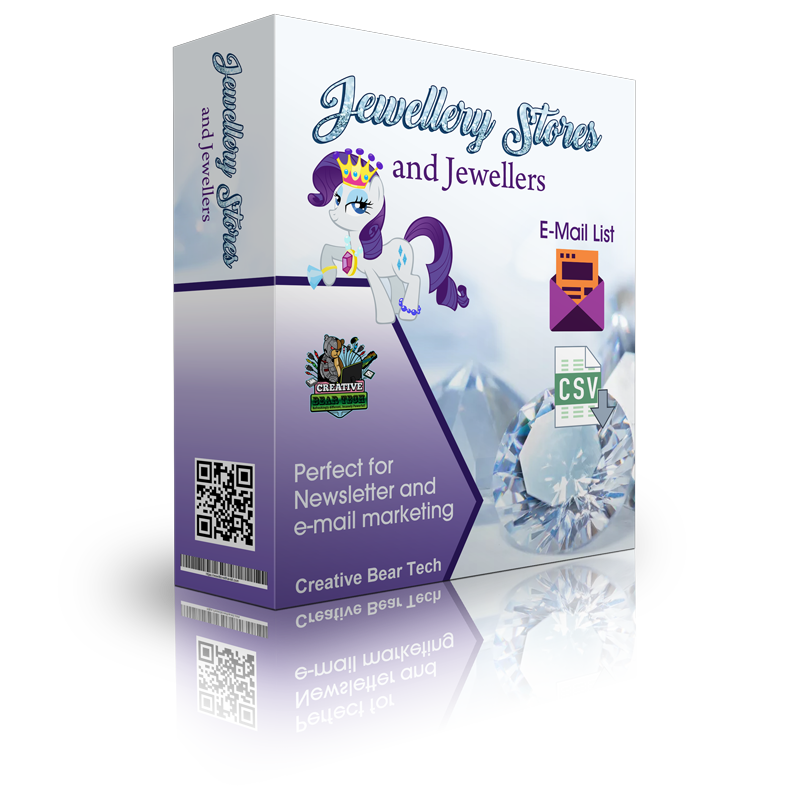How to do lead management that improves conversion? Your subject line can make or break your email marketing success. They’re the first thing your subscribers see and they use them to decide whether or not they’re going to open your email or just delete it without reading. The entire point of the subject line is to pique curiosity enough that subscribers just have to open and read your email. Boring subject lines like “Newsletter—May” or “Brand Updates” probably aren’t going to whip subscribers into a frenzy. There are a few standard subject line templates that many email marketers use: Questions: Using questions in your subject lines are a great way to engage your subscribers. Just make sure you either answer the question in the email or direct them to where the answer can be found. Example: “How can you grow your YouTube channel?”
What Is a Typical Open Rate? There really isn’t a typical open rate. But that answer isn’t super satisfying and doesn’t really tell the entire story. See, the open rate can vary due to how it’s measured, the size of your list, how often you send emails to your list, the industry you’re in, and any number of other factors. Even within your own email campaigns, you’ll find that your open rates vary. There are a couple common trends we know about, though, based on the data that’s already out there. First, a larger list tends to mean lower open rates. This happens because larger lists are typically larger in scope, meaning that you have more people who are “kind of” interested in your brand instead of diehard fans. The other thing we’ve seen is that open rates for nonprofits, churches, sports teams, and entertainers tend to be higher than average. This happens because these types of consumers tend to be very interested in any news about their favorites in these areas. The general rule is that the more niche the topic, the higher the open rates are going to be.
Instant messengers are the latest communication trend. There are 1.5 billion people globally using WhatsApp on a monthly basis, followed by Facebook Messenger and WeChat. If you want to be where your audience is, enter instant messaging marketing. Most popular global messenger apps, based on the number of monthly users. Source: Statista. This type of digital marketing exploded over the last couple of years. People are much more likely to trust the information sent via a messenger (as if it comes from a good friend) than email or SMS that are vulnerable to spam. An example of messages from a marketing consultant Matthew Barby, sent via a Facebook bot. There are different ways how you can proceed with instant messaging marketing, from using them for customer support to updating your users about new posts on your blog. But just like with any other digital marketing type, before diving right in, I’d recommend that you develop a strategy first. See additional information on https://cbtemailextractor.com/blog/referral-marketing-8-tips-for-building-a-powerful-referral-channel/.
Our direct send feature will bypass your SMTP servers and will try to send your email directly using your system’s DNS. This feature will act as a helpful fallback sending feature in the event that your SMTP servers are not working. Generally, when CBT Bulk Email Sender encounters a non-working SMTP server, it will try to send your message using another SMTP server. The direct send feature is particularly helpful if you do not have many SMTP servers.

Local SEO has its own set of best practices. If not implemented in the right way, it will make things difficult and stops your site from performing well in search. For anyone wondering how local SEO differs from normal SEO, the former is all about building relevant signals around a specific location whereas the latter is the practice of getting higher SERP (search engine results pages) rankings for relevant keywords.
Marketing Week reports that email generates around $37B retail sales annually. Email marketing provides a great opportunity for impulse buying. You can entice a customer to make another purchase in a few ways: Customers often act on impulse when they get an email letting them know about a relevant product which is related to their previous purchase. This is especially true if there is a relevant promotion. Your customers appreciate a good email. The time and effort it takes to draft the perfect email doesn’t go unnoticed. They want to know what’s happening with your business, and how they can get involved. It’s nearly impossible to reach out to all your customers in person or by phone. Email marketing campaigns bridge that gap. You could even set up a drip marketing campaign to help you smooth out the process. Drip campaigns are ongoing and drive the user down the buyer’s journey to a final conversion point. They’re often used to provide constant value to subscribers while helping keep your brand top-of-mind. Often times, these emails slowly “drip” helpful information, products, or tips, over days, weeks, or months. For example, the emails you receive when you browse Amazon, but don’t buy anything, are a drip email marketing automation at work. Find even more info on Guide to Email Marketing.